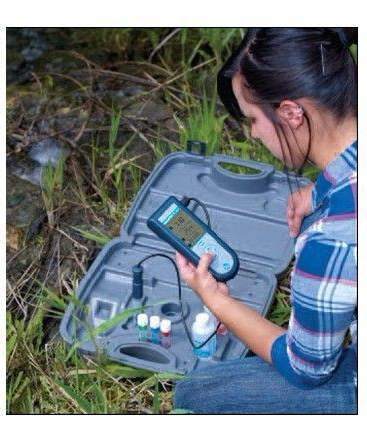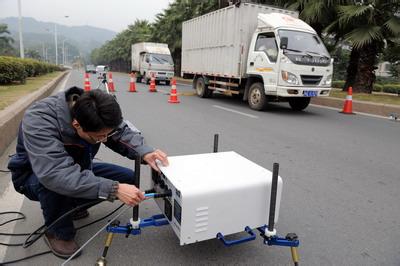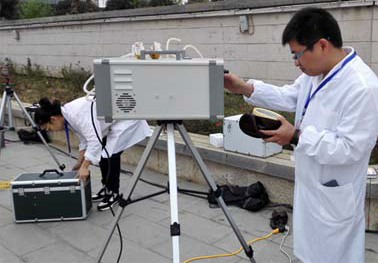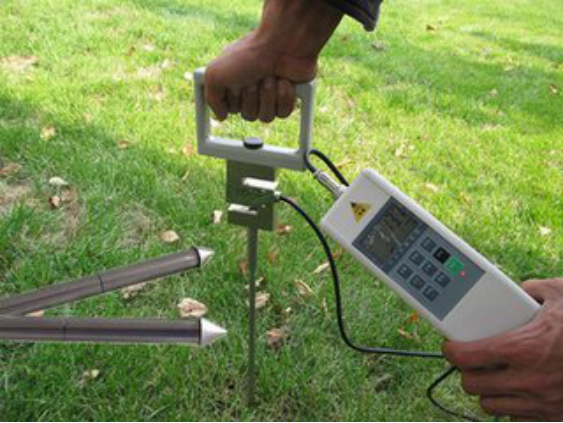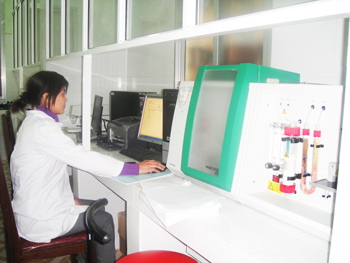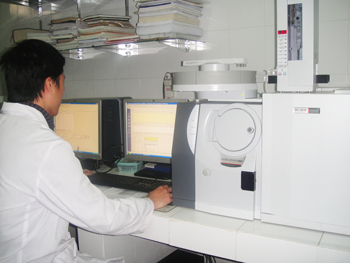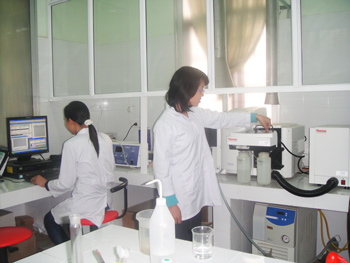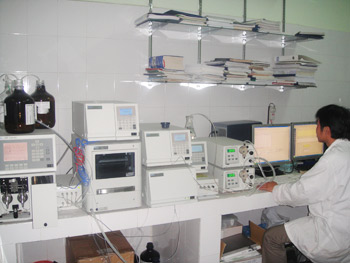HCM CITY — Average temperatures in northern central Viet Nam can rise by 3.5 degrees centigrade and dry season rainfall reduce by 30 per cent by 2100, according to a new climate change report prepared by the Ministry of Natural Resources and Environment.
The new predictions are based on updated data collected from 200 meteorological stations and satellites. It paints a worse scenario than an earlier report in 2009 which estimated average temperature increase at 2.8 degrees centigrade and rainfall reduction at 18 per cent.
In the new version, by 2100, hot days with temperatures over 35 degrees centigrade would double in comparison with now. Rainfall would raise 2-7 per cent in the rainy season but drop significantly during dry season.
The report divides climate change impacts into three categories: low, medium and high, depending on the level of emissions and socio-economic development.
At the medium level, if the sea water rises by 1m, around 2.5 per cent of land area in central coastal provinces, 10 per cent of the Hong River Delta, 20 per cent of HCM City and 39 per cent of the Cuu Long (Mekong) Delta would be inundated.
Four per cent of the railway system, nine per cent of highways and 12 per cent of provincial roads would be suffered.
If emissions increased at higher levels in Viet Nam and the world, the sea levels are expected to rise by 2m, in which case the Cuu Long (Mekong) Delta would virtually cease to exit with 92 per cent under water.
The Hong River Delta and HCM City would lose 30 and 36 per cent of their land respectively.
The scenarios sketched in the report are expected to inform plans formulated to tackle climate change by concerned ministries and departments. — VNS


 English
English Vietnamese
Vietnamese